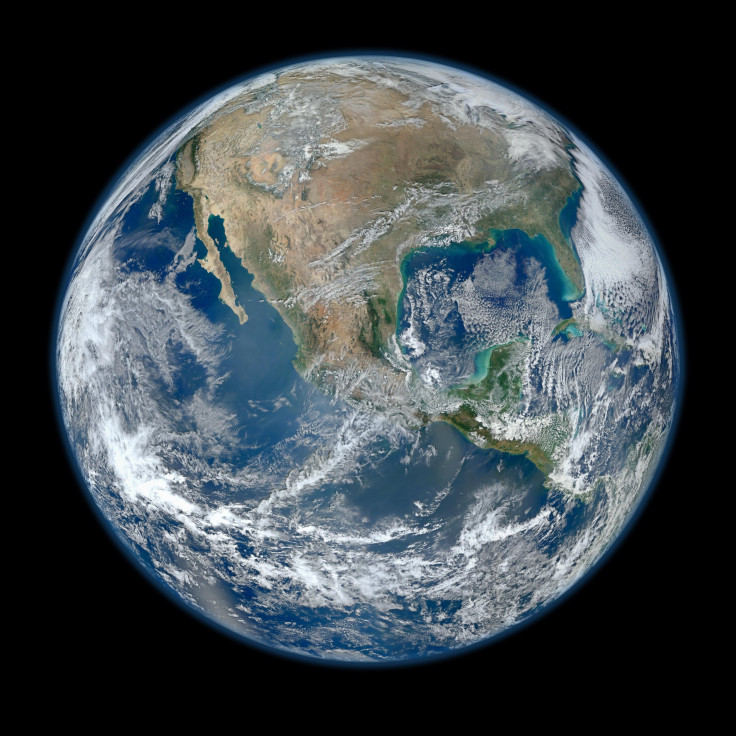Mysterious Anomaly Under Africa Is Draining Earth’s Magnetic Field

The Earth’s magnetic field is undergoing a dramatic change. Scientists recently gathered some new data from southern Africa, which provided them with an extended record of Earth’s magnetic field dating back to the very first millennium. According to the new research, the global magnetic field is weakening.
The invisible force field around the planet that provides a shield from cosmic radiation and harsh solar winds, is weakening so rapidly that scientists believe it could even cause a reversal of Earth's magnetic poles. The Earth’s magnetic field flipped nearly 800,000 years ago. Although the poles have never reversed since, the strength of the magnetic field has been draining at an alarming rate for the past 160 years.
The newly-acquired data indicates that a particular region in Africa may play a major role in flipping the magnetic poles in future. According to the new study, the area where the magnetic field is at its weakest — the South Atlantic Anomaly that extends from Chile to Zimbabwe — continues to weaken.

“We’ve known for quite some time that the magnetic field has been changing, but we didn’t really know if this was unusual for this region on a longer timescale, or whether it was normal,” Vincent Hare, the lead author of the new research on the South Atlantic Anomaly, which was published in Geophysical Research Letters, said in a statement.
Researchers believe the core region under southern Africa may actually be the birthplace of recent and likely future pole reversals. Scientists found a pattern of recurring anomalous behavior in the region. They also found that the region experienced magnetic field fluctuations from 400-450 AD, from 700-750 AD, and again from 1225-1550 AD.
“We were looking for recurrent behavior of anomalies because we think that’s what is happening today and causing the South Atlantic Anomaly,” said John Tarduno, a professor at the University of Rochester and co-author of the study. “We found evidence that these anomalies have happened in the past, and this helps us contextualize the current changes in the magnetic field. We’re getting stronger evidence that there’s something unusual about the core-mantel boundary under Africa that could be having an important impact on the global magnetic field.”
In order to gather data for this research, geophysicists from University of Rochester collaborated with renowned archaeologist Thomas Huffman of the University of Witwatersrand in South Africa, collecting data from clay remnants from southern Africa dated back to the Iron Age.
During the Iron Age, a Bantu-speaking group of people dwelled in an area, which now borders Zimbabwe, South Africa, and Botswana. Clay samples from this region were collected by the researchers, which helped provide a record of the earth’s magnetic field.
“When you burn clay at very high temperatures, you actually stabilize the magnetic minerals, and when they cool from these very high temperatures, they lock in a record of the earth’s magnetic field,” Tarduno said.
Scientists are still unclear about whether a major reversal of magnetic poles is imminent.
“We now know this unusual behavior has occurred at least a couple of times before the past 160 years, and is part of a bigger long-term pattern,” Hare says. “However, it’s simply too early to say for certain whether this behavior will lead to a full pole reversal.”
© Copyright IBTimes 2024. All rights reserved.





















